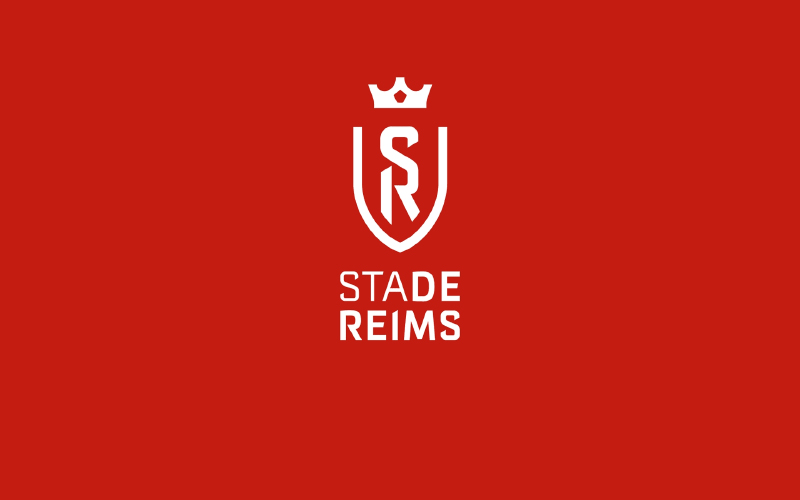
Discover Reims FC: The Underdog in French Football
Nestled in the heart of France, Reims is a city celebrated for its iconic champagne and a legacy of triumph in football through its beloved club, Reims FC. With deep roots in the sport, this underdog team captures the essence of perseverance and passion as they strive to carve out their place among Ligue 1’s elite. The journey of Reims FC is one of grit and determination, promising fans thrilling moments and unforgettable memories as they compete against formidable opponents in the ever-evolving world of French football.
Reims FC’s Playing Style
To truly understand Reims FC, one must examine its playing style—an embodiment of the club’s philosophy and a reflection of its historical context. The tactical evolution of the team reveals insights into how the club approaches matches in Ligue 1 nhà cái 88clb.
Tactical Formation
Reims FC has often employed a flexible tactical formation that adapts to the capabilities of its players. Traditionally, the team has leaned towards formations such as 4-2-3-1 or 4-3-3, emphasizing fluidity in attack and solid defensive foundations. This adaptability allows the coaching staff to exploit the weaknesses of opposing teams while maximizing the strengths of their own players.
With an emphasis on ball possession, Reims FC encourages its players to build from the back, progressing through the midfield before unleashing attacking threats. This patient approach instills confidence among players, allowing them to express themselves creatively on the pitch.
However, it’s important to note that the tactical setup is also influenced by the opposition. Against stronger teams, Reims may adopt a more conservative stance, focusing on compact defending and quick counter-attacks. This flexibility showcases the coaching staff’s understanding of the modern game and their ability to strategize accordingly.
Offensive and Defensive Strategies
Reims FC’s offensive strategies revolve around quick transitions and exploiting spaces left by opponents. Using width to stretch defenses, the team aims to create opportunities for forwards to make penetrating runs. This proactive approach enables the club to take calculated risks in attack while maintaining a balanced arrangement across the pitch.
Defensively, Reims FC emphasizes collective effort and discipline. Players are coached to maintain a compact shape, limiting gaps between lines and minimizing space for opposing attackers. The organization in defense is complemented by a high pressing game, designed to regain possession quickly and disrupt the opponent’s rhythm.
This dual focus on offense and defense creates a comprehensive playing style that reflects the club’s ambitions. It encourages players to be adaptable and intelligent, reinforcing the notion that every member of the squad contributes to both attacking and defensive phases of play.
Influence of Coaching Staff
The importance of coaching cannot be overstated when discussing the playing style of Reims FC. The managerial staff’s philosophy is paramount in shaping the team’s tactical methodology. Recent appointments indicate a progressive mindset, aiming to implement modern training techniques and methodologies.
Coaches at Reims FC have placed a strong emphasis on player development, encouraging individuals to hone their skills and understanding of the game. This approach not only helps players improve but also fosters a sense of unity within the squad, reinforcing the idea that they are all part of a larger project.
Moreover, the coaching staff’s communication and relationship with players emphasize transparency and trust. Creating an environment where players feel valued leads to enhanced performances on matchdays. The collective vision shared by the coaching staff and players is instrumental in the club’s efforts to carve out a niche in Ligue 1.
Conclusion
As the team continues to evolve, embracing its traditions while adapting to modern demands, Reims FC will remain a source of inspiration for fans and aspiring athletes alike. The tale of Reims FC is far from over, with new chapters waiting to be written in the annals of football history.
